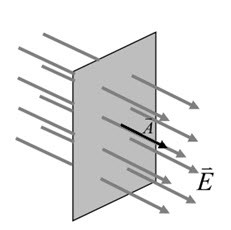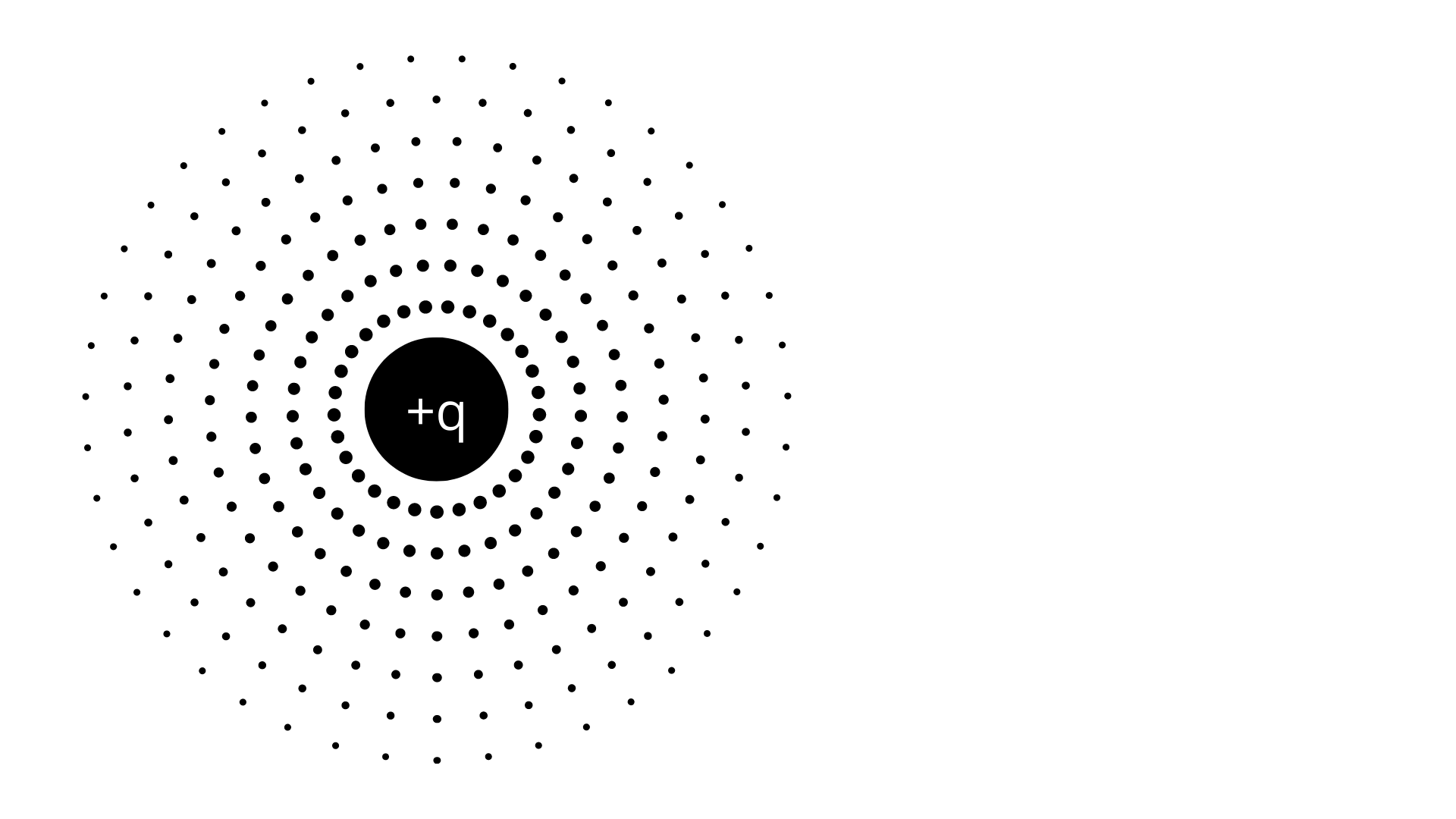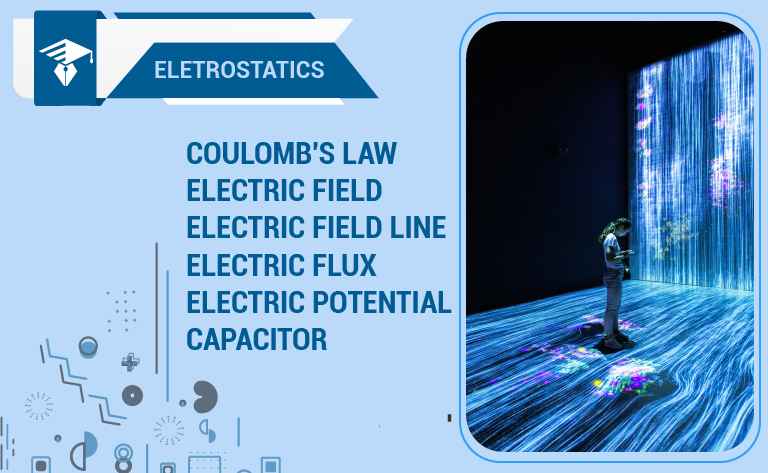Capacitive Coupling | Capacitive Coupling in Analog Circuit
Capacitive coupling occurs when energy is transferred between two conductive elements via an insulator. An example of this phenomenon is if you have two copper traces placed close together – the capacitive coupling will cause the energy on one trace to be transferred to the other.
What is Capacitive Coupling?
The process of capacitive coupling occurs when energy is transferred between electrical nodes or networks. This can be done intentionally or unintentionally. One way that capacitive coupling can be utilized is by placing a capacitor between two nodes. This will allow for a continuous flow of energy between the two nodes.
Capacitive Coupling in Analog Circuit
The AC signal from the first circuit can be used to connect to the next circuit, but the DC signal can’t be used to connect to the next circuit. The DC bias settings of the two coupled circuits can be isolated with this technique. The capacitor used for the purpose is also referred to as a DC-blocking capacitor.
In Class A amplifier circuits, the ability to prevent a DC load from interfering with an AC source is particularly useful, as it can prevent a 0-volt input from being passed to a transistor with additional resistors biasing. There is a decrease in the low-frequency gain of a system with capacitively coupled units. A cumulative high-pass filter with a 3dB Frequency may be higher than the individual filters if the sequence of filters results in a high-pass filter with the input electrical impedance of the next stage.
You can see Impedance Bridging. Capacitors can also introduce distortion at low frequencies. This is not a problem at high frequencies because the voltage across the capacitor stays very close to zero. If a signal that is low relative to the RC cutoff is passed through the capacitor, it will cause a change in the capacitance, which in turn will lead to distortion. This is avoided by using large values that put the cutoff frequencies far below the frequencies of the signal, and by choosing capacitors types that have low voltage coefficients.






Leave a Reply